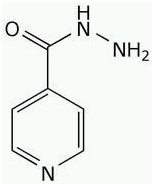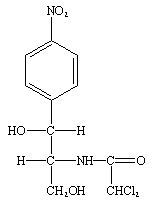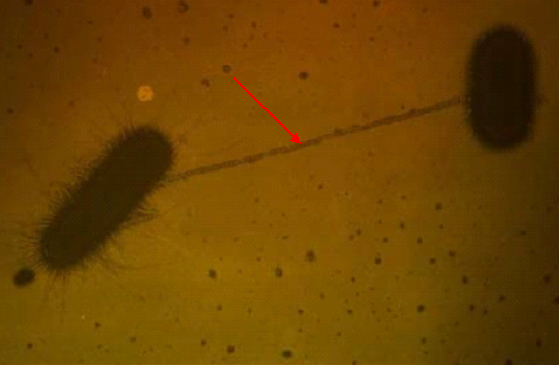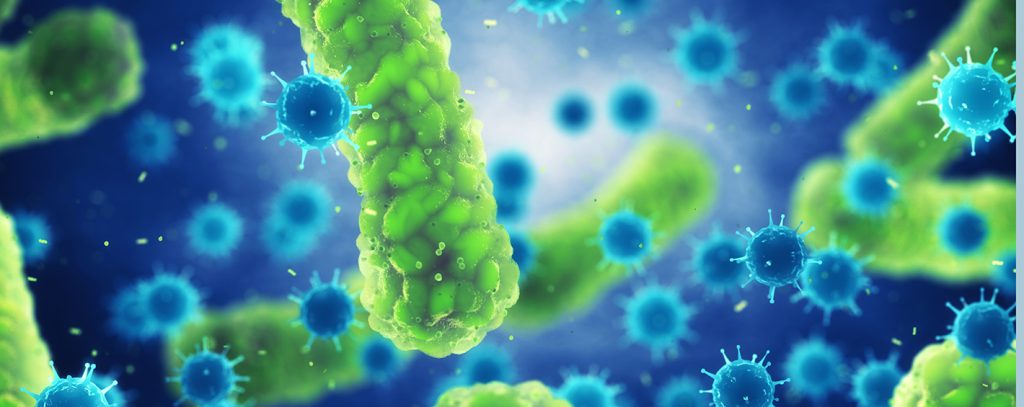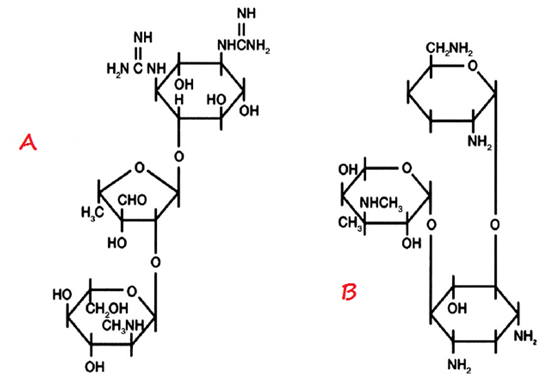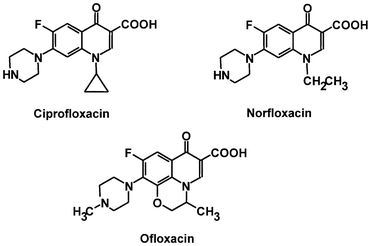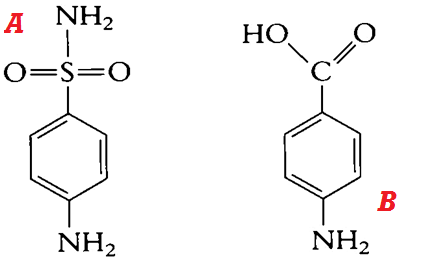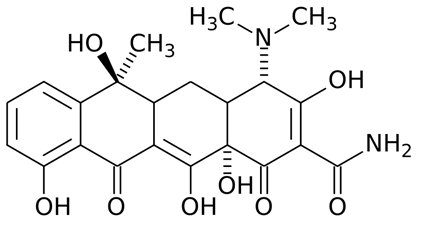Clinical and pharmacological significance of synergism, antagonism and additive effects of drugs or pharmacological compounds
The terms synergistic effect (synergism), antagonistic effect (antagonism) and additive effect are all clinical and pharmacological phrases that have clinical applications in drug administration in real life. They are also applied in research particularly in novel drug discovery, drug testing and therapeutic drug applications. Chemical reactions in chemistry happen when two compounds or more react […]


